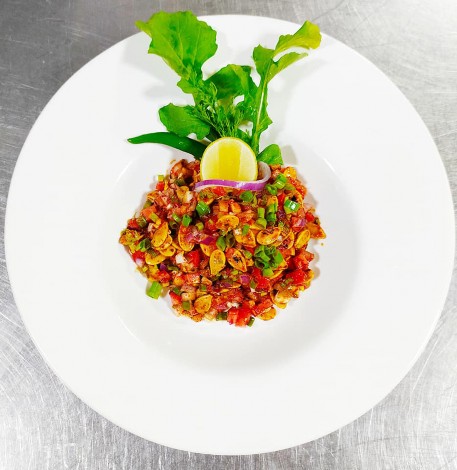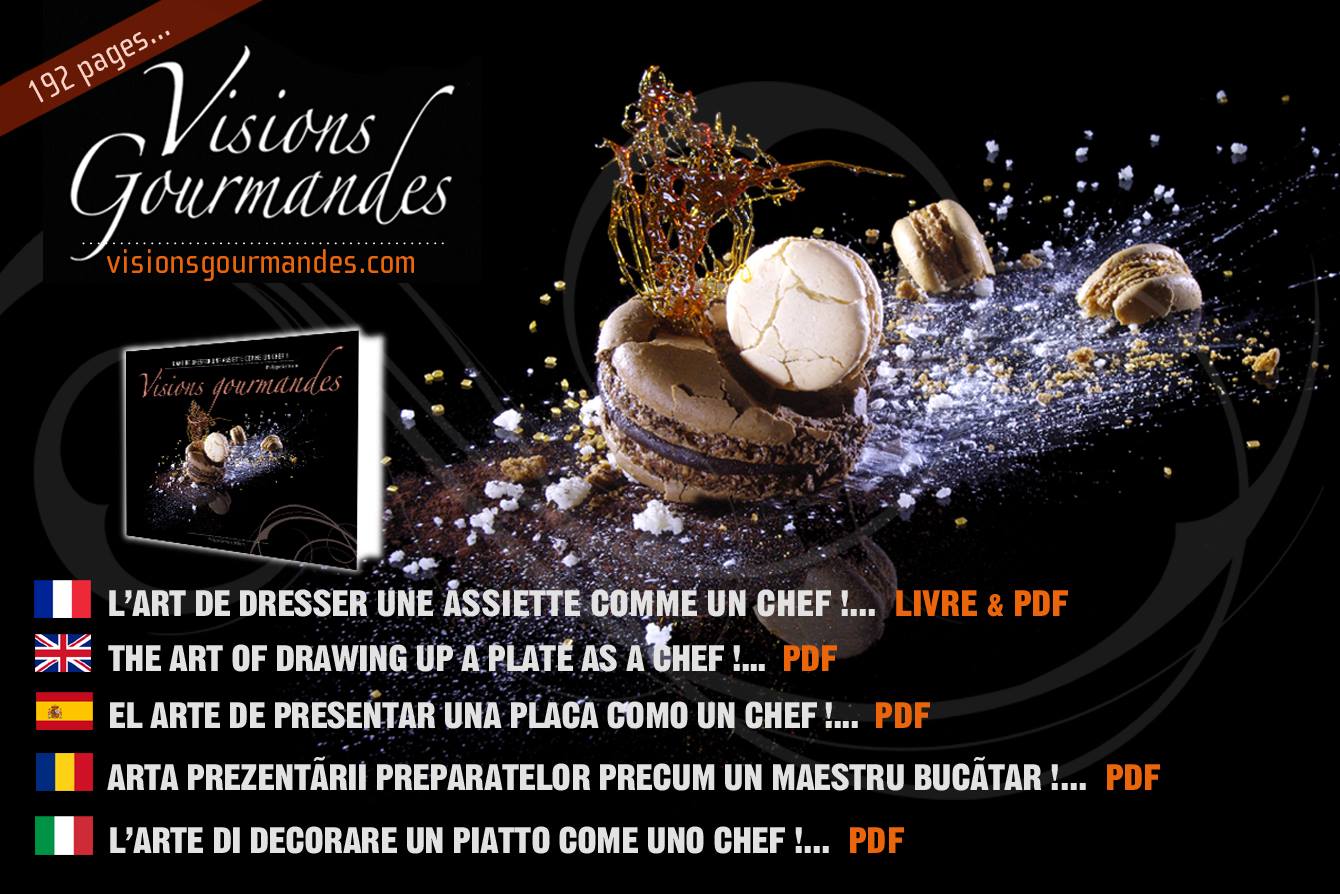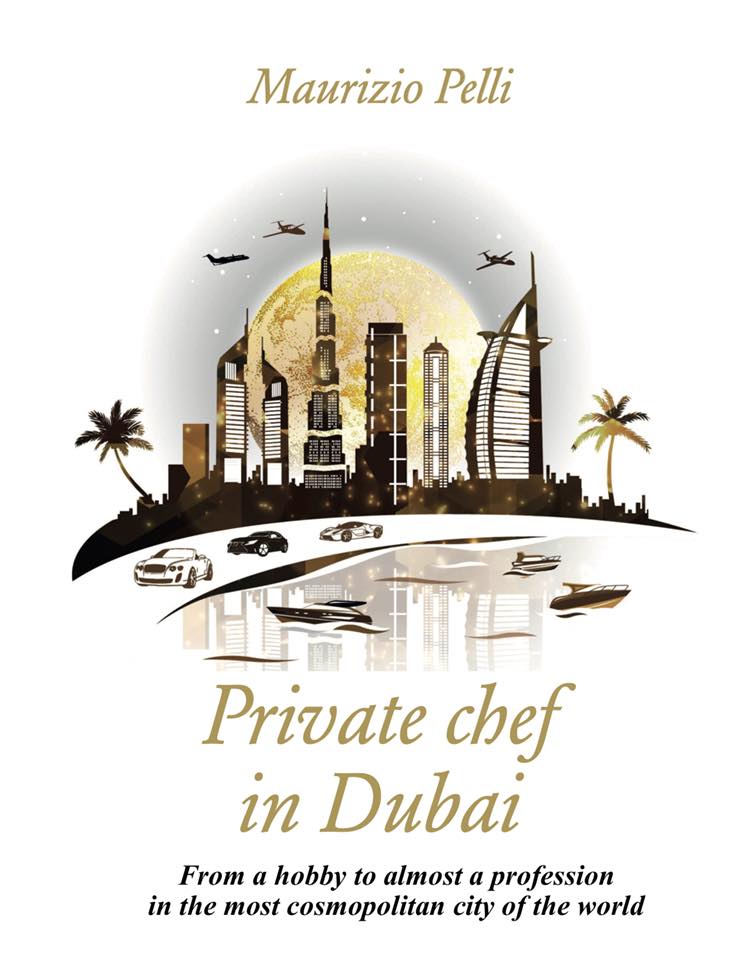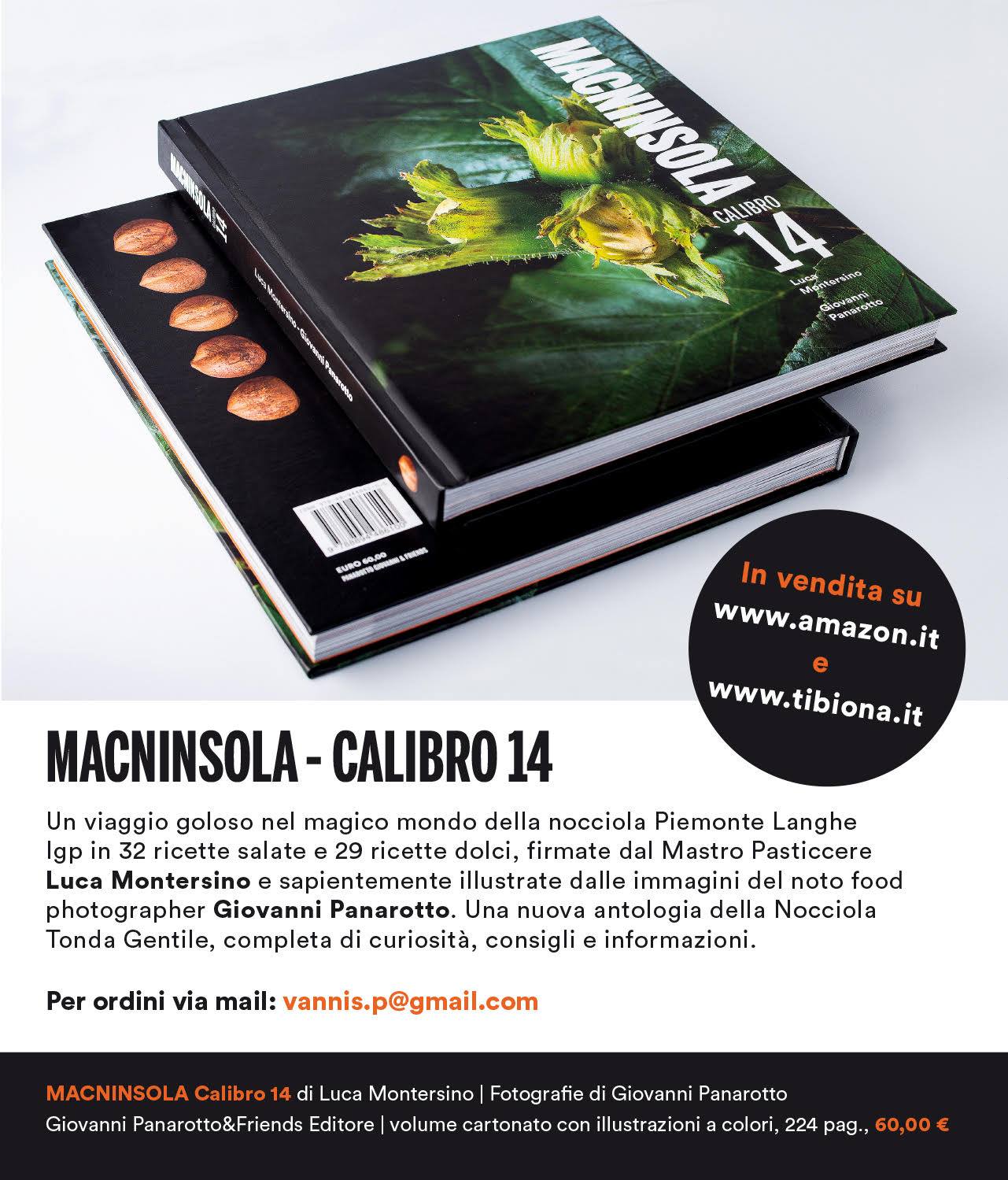I am too young to know the complete world of Indian gastronomy, however, being a native Indian, I myself, am quite surprised by the diversity of Indian foods. One shall find regional food all around. “India is a global platter of spices and cuisine” and the best way to introduce regional Indian gastronomy is on a journey through India. In every step you take, you shall encounter, food, spices, and more food. As you go exploring India, you shall also note the great changes in aromas, ingredients, and cultures. Indian gastronomy has travelled via its aromas, ingredients, and cooking methods every 500 kilometres more or less.
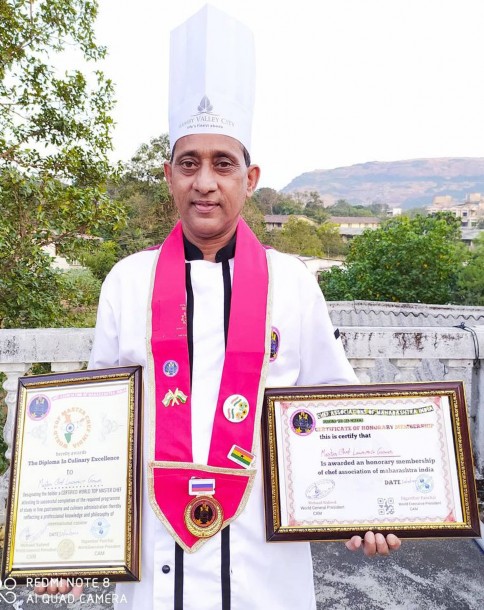
In some places in India, people sit on the ground and they eat with their hands. In other regions, people sit on dried leaves or on handcrafted dry leaf mats, and they serve food also in dry leaf-lined plates and bowls.
There are also regions of India where they cook food in fresh leaves to obtain the freshness of flavours and serve the food on fresh leaves to obtain the maximum fragrances from the fresh leaves.
Indians also change their cooking methods and customs according to nature. There are many places in India where they cook everything in clay earthenware pots to develop the maximum taste and aromas and they also serve the food in clay pots or clay vessels in the shape of handmade mugs.
In other areas of India, people are still utilizing stone vessels to cook and they capture the mineral essences and flavours as they also serve the dish on stone plates or in stone bowls. Additionally, there are areas of India that prepare their cuisine in Bamboo to capture the bam-boo aromas and they also serve the food in Bamboo bowls and plates.
Steel vessels are also utilized to cook and serve in, in addition to copper vessels.
There are uncountable ways to cook Indian dishes as a part of their culture and artisanal craftsmanship. In some Indian cultures, the utilization of a homemade clay oven, stone oven, and even bamboo ovens or brick ovens and some dig earth and soil to make an oven or use wooden log ovens or charcoal carbon ovens to cook their food. The beauty of all these different varieties of creative homemade crafted ovens is the open-air kitchens.
A vital ingredient in Indian cuisines is the salts which include: Sea salt, Rock Salt, Black salt, Sendha salt, Khara salt and Moden packed salt.
Depending on culture, and background, there are a wide variety of lard products including Mustard Seed Oil, Coconut Oil, Sesame Seed Oil, Peanut Oil, Sunflower Oil and Soybean Oil.
Spices and Massala are frequently used to prepare a paste similar to a pesto, with stone crushed ingredients and mashed with green chilli, ginger, garlic, onion, turmeric and even whole spices and these pastes provide the fresh flavours to numerous dishes. Whole spices are the “pride of India” and in Southern India, the State of Spices, and all 29 states of India are a great source of ingredients, cultures, cooking methods and the art of presentations in Indian gastronomy. Master Chef Lawrence Gomes, has been in the National and International world of hospitality for the past 32 years. He told me, “Being a Chef never stops just because of a pandemic a
nd in these highly challenging and difficult times, he has been involved with numerous Cultural and Tutoring Gastronomic Activities.
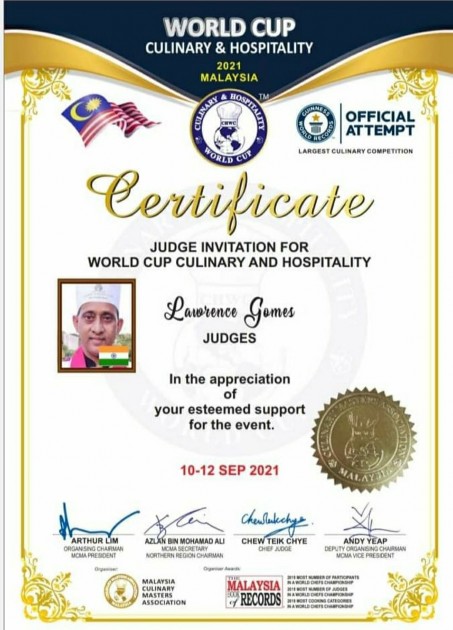
The world has become more open to the sharing of cultures and foreign cuisines due to the internet and social red. This has enabled Chefs to share skills, knowledge, ingredient information, products, and focus on healthy food, organic and ecological products, medicinal and natural farm to table cuisine and improve homemade cooking.
- Activities during Lockdown:
- First video of Live Cookery Show Food & Hotel India (FHI)
- World Carving Competition organized by International Culinary Union (ICU) London ( WinnerMerit)
- DAV Super Chef India Live Cookery Competition, Daviet Institute (Winne Merit)
- Awarded Best Carving Chef of 2020 (WCCF) Gold Medal Winner
To move on, we are now entering one of the most beautiful regions of India, Aamby Valley, 50 kilometres from Mumbai, where Chef Gomes and his team of chefs and hospitality workers, are making reservations, providing multi cuisines, tutoring chefs, planning Indian Weddings and Corporate and Company conferences, launching new products, providing India´s largest Golf Course, Aamby Valley, with special menus and creating tournaments and corporate leisure activities and exclusive shows of a wide variety to locals, business people and tourists.
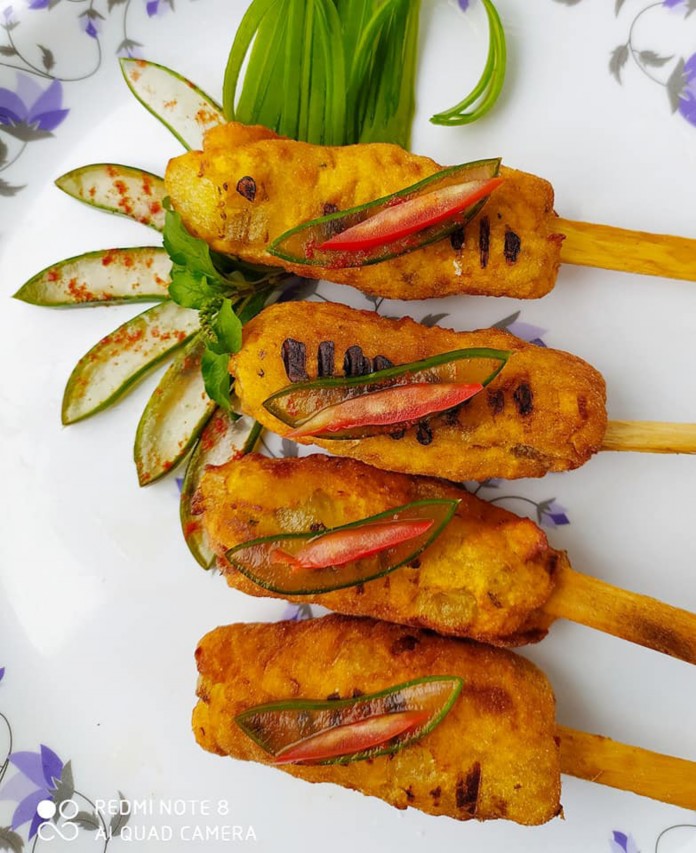
www.ammbyvalley.com / [email protected] (+ 019 823 510 513)
Article and photography: Master Chef Lawrence Gomes Aamby Valley City, India


